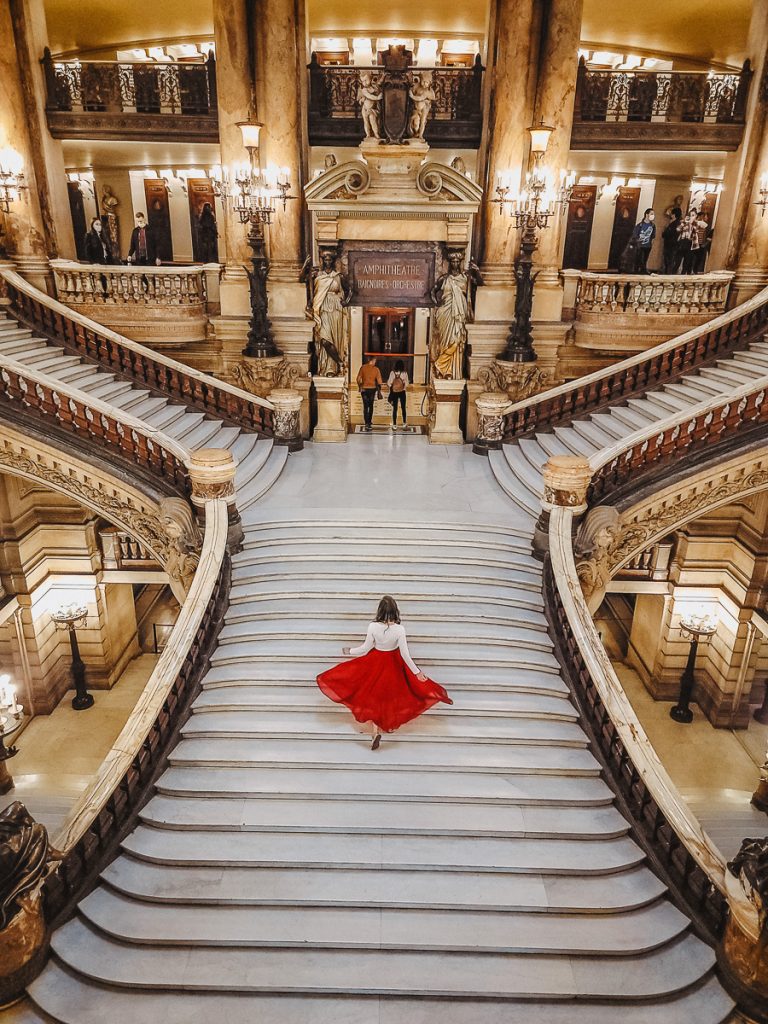In the prosperous cultural industry, opera, as the pinnacle of stage art, has been attracting the attention of countless audiences with its unique artistic charm and profound historical background. Among the many operas in the world, “Phantom of the Opera” is undoubtedly the top work. It has not only made outstanding achievements in many fields, such as music, dance and drama but also played an essential role in the cultural industry, making significant contributions to the inheritance and innovation of art.

The story of “Phantom of the Opera” originated from the Paris Opera House at the end of the 19th century, a mysterious figure forgotten in the corner of history – “Phantom” with its musical genius and the image of dark ghosts hidden in the underground maze of the opera house, controlling the fate of the theater. This legendary story not only brings the audience the audio-visual feast of suspense and thriller but also triggers people’s profound thinking on art, loneliness and love through complex emotional entanglements and profound theme discussion.
Since the musical version of “Phantom of the Opera” premiered at the Queen’s Theatre in London in 1986, the work has quickly won a high reputation and attention around the world with its soulful plot, beautiful music and well-designed stage effects. The exquisite composition of Andrew Lloyd Webber and the wonderful lyricism of Charles Hart inject strong artistic vitality into this work. Classics from The show, such as ÔÇťThe Phantom of the Opera”, “Think of Me,” “The Music of the Night,” and “All I Ask of You,” are still loved by music fans all over the world.
In the field of cultural industry, the influence of “Phantom of the Opera” can not be underestimated. The success of musicals has not only brought rich financial returns to the creators but also set a new benchmark for the entire musical industry. It promoted the development of musicals in the drama market and provided valuable creative experience and inspiration for later musicals. At the same time, the success of The Phantom of the Opera also provides new ideas and inspiration for the development of the cultural industry. Through the integration of various artistic elements and innovative technical means, cultural products with unique charm and emotional expression are created to meet the diversified aesthetic needs of the audience.
In addition, “Phantom of the Opera” has also been disseminated and promoted through various media such as movies and DVDs, further expanding its influence and audience scope. Whether in London, New York or on tour around the world, the charm of “Phantom of the Opera” has never waned but has continued to grow. It has become a cultural phenomenon and commercial miracle across time and space, injecting new vitality and impetus into the development of the cultural industry.
The stage play of Phantom of the Opera is not only an immortal legend in the cultural industry but also a model of artistic inheritance and innovation. Integrating various artistic elements and innovative technical means brings the audience the ultimate artistic enjoyment and profound emotional experience. At the same time, the success of “Phantom of the Opera” also provides valuable experience and inspiration for the development of the cultural industry.





Phantom of the Opera is a good example for the cultural industries theory due to there being so many versions of the narrative which links to this idea in the theory about the assumption around consumers wanting ‘recycled’ media products. The example is linked well to the theory and slightly gives your readers an idea of a concept within the cultural industries theory. However, by not explaining the theory the readers might get a little lost in the points that are getting put across and may just think the media product, Phantom of the Opera, is just being explained. By linking specific points and explanations from the theory and the theorists it could make the analysis of the example chosen have more meaning and more depth to it. Overall, it’s shown that there is a slight link to the theory of cultural industries, but due to the theory not being explained this is lost and is more seen as an explanation of the example rather than linking the explanation of the theory to it.
This article does a remarkable job of weaving together the enduring cultural impact of The Phantom of the Opera with two significant media and cultural theories: the Two-Step Flow Theory and the Culture Industry concept by Adorno and Horkheimer. I think a more definitive conclusion could summarize the implications of these theories on how audiences perceive and value cultural products in a media-saturated world.